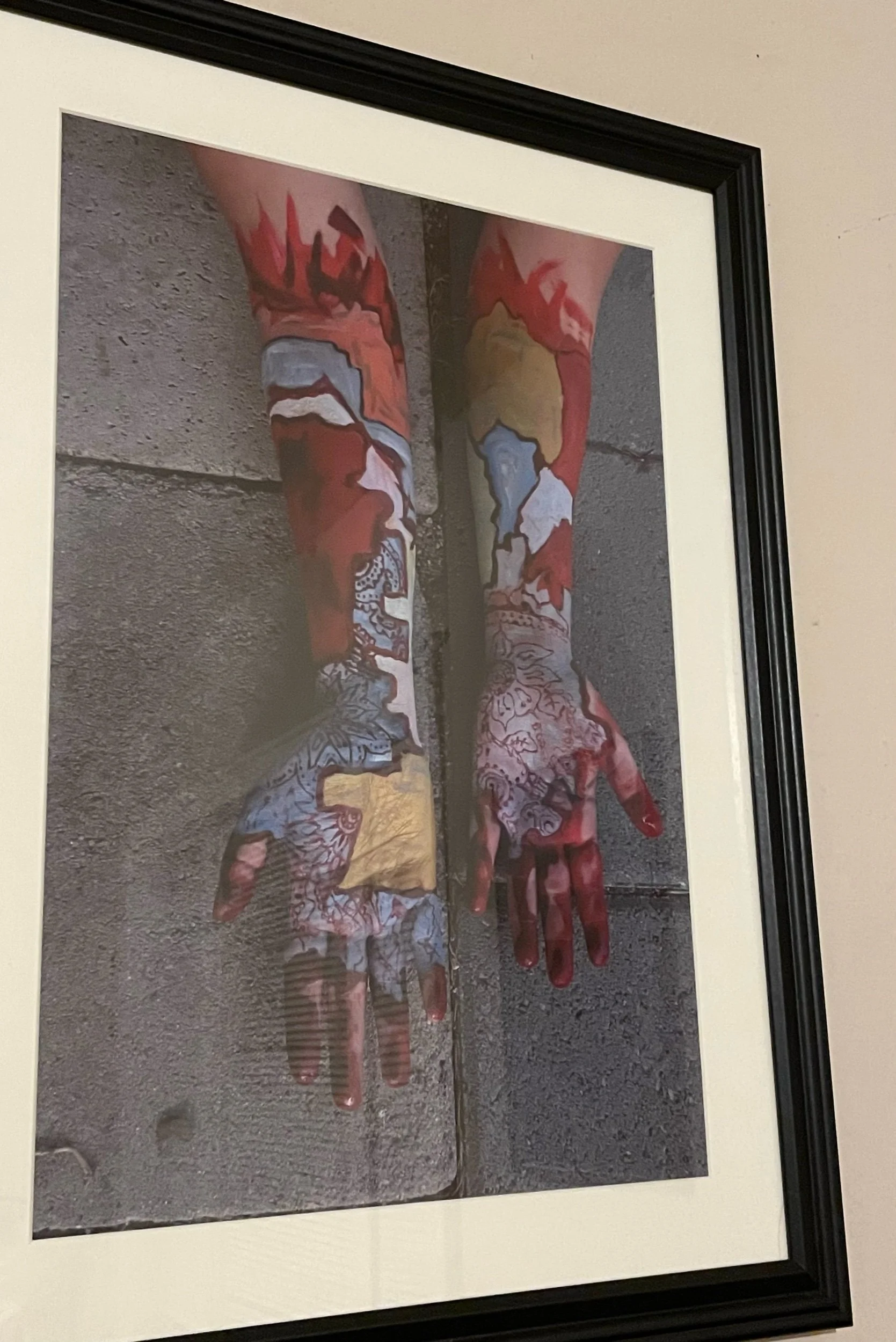Sorry for the delay—I have been in Mississippi and planning the upcoming move to there from California.
It can be easy to overlook how much we can affect one another. When one trips, the other reaches forward to catch and winces at the fall. My worry creases my husband’s forehead; my insomnia keeps him up at night. This morning the mumbled words that escaped the shouting in my nightmare woke him, so he called my name to wake me. I wish I could express the connection as Vievee Francis does here.
For the first prompt, think of a friend or lover or relative whom you feel a deep connection with and make a list of events/actions of one or yourself and the effects experienced by the other/yourself into a poem or story.
For the second prompt, take that list and choose only one of the shared causes/effects for the heart of the poem or story.
Your third prompt is to write the “secret story” of the first line.
For the next poetry or prose prompt, describe what “once you know, you / can’t unknow” and what you (or a character) did to survive that learning.
Another prompt is to write a poem or story from the following word list: “bow,” “part,” “ravages,” “pull,” “pressure,” “need,” “grip,” “demands,” “present,” “string,” and “quiver.” Try to reverse the forms: verbs to nouns or vise versa.
The next prompts are based on two photos in a series I saw in an art installation.
Here is the artist’s statement:
“Redlining Henna I-IV”
This photographed series depicts an interpretation of redlining via body paint and henna. The two hands depicted here have lines from both district maps of Long Beach, California and Beirut, Lebanon to reflect how two entirely different cities, countries and parts of the world can experience the same discrimination-fueled sociopolitical phenomenon. The process is photographed so that the viewer can “see” the redlining happening, where the borders drawn to create districts become red, and with areas distinguished and excluded from other areas.
The choice for having this piece painted on the hands is inspired by the photos of and the act of receiving henna. Henna is usually given on holidays and weddings in South Asia, the Middle East and Africa. It was historically a Lebanese tradition for weddings, but with the impact of colonialism and a culturally-imbedded desire to adopt more Western wedding traditions, the tradition of utilizing henna appears to be observed less and less frequently.
This results in an opportunity to create art that juxtaposes two phenomenons to show their relatability, with the intention to comment on our developing cities and the way in which immigrants can also become subject to redlining.
Concept, art and model: Nadia the Llama @nadiaathellama nadiathellama.com
Photography: Kelsey Bryan-Zwick @bindyourownbooks
Individual Titles
I: The Lines
II: The Cities
III: Redlining
IV: It Never Really Washes Away
Write an ekphrastic poem from either image, or write a poem or story honoring a family or cultural tradition.
Using the artist’s statement and the images, write a poem or story from the persona of one city or town to another.
The next prompt is to write a story in which the actions of a one town’s residents ripple outward to another region. Try to emphasize echoes and repetition to create a sense of outward flowing.
For another poetry prompt, describe the cities and borders mapped on your body. Who drew those boundaries? What still separates them, or are the lines fading?
The last prompt is to reconcile all the places and selves you have been in a poem or short story or life. Where do you belong? I am still working on that even as I move once again.
Good luck, and please wish me the same!



